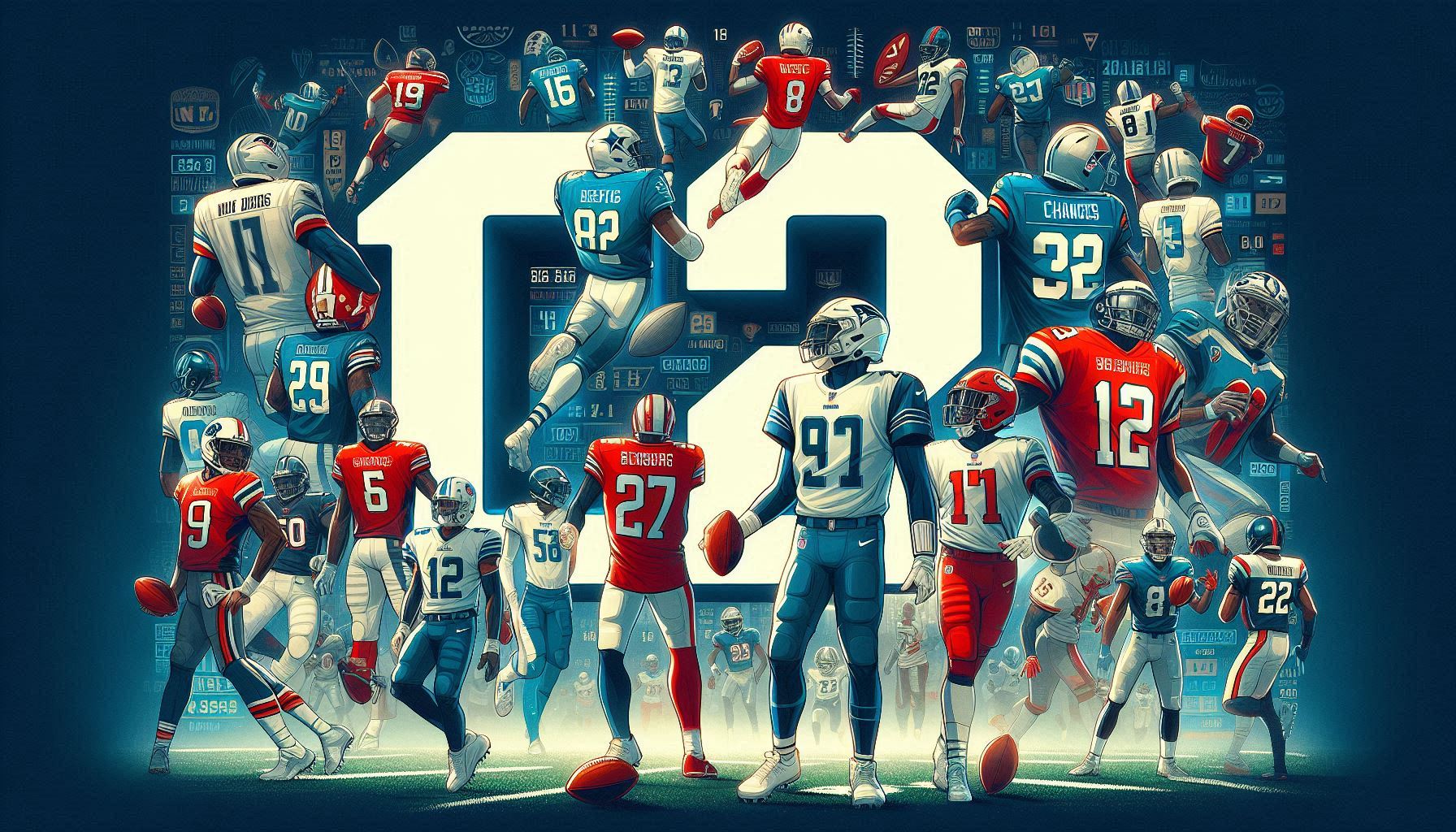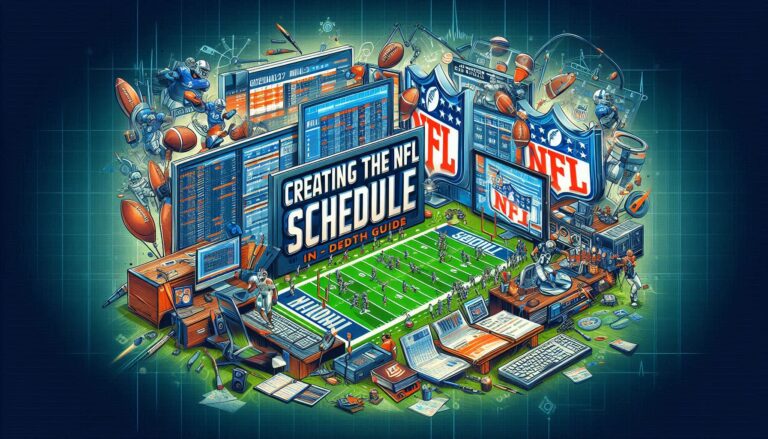In the NFL jersey numbers hold significant meaning, not just for fans but also for the players and the game itself. From distinguishing positions on the field to signaling a player’s role in the team’s lineup, jersey numbers are a critical part of football culture. Over the years, these numbers have undergone several changes, with recent updates allowing players more freedom in their choices.

In this comprehensive guide, we’ll explore the current NFL jersey number rules, the changes made in recent seasons, and the history behind the evolution of these numbers. Whether you’re a die-hard fan or new to the sport, this deep dive will give you everything you need to know about the significance of NFL jersey numbers.
The NFL Jersey Number System: An Overview
Jersey numbers in the NFL aren’t randomly assigned. The league’s rulebook carefully regulates every number to distinguish players’ positions clearly. Each position on the field is restricted to a specific range of numbers, making it easy for coaches, referees, and even fans to identify a player’s position and role quickly.
But why does it matter?
- Clarity on the field: With so much action happening in every play, distinct number ranges help officials enforce position-specific rules.
- Team strategy: Identifying opposing players’ positions quickly allows teams to adjust their strategies on the fly.
- Tradition and identity: For many players, their jersey number becomes a part of their legacy, a number fans associate with their greatness.
Let’s look at the recent changes in the jersey numbering system and how it has evolved.
NFL Jersey Numbers Rule Updates: 2020 and Beyond
One of the most significant updates to the NFL jersey numbers rulebook occurred after the 2020 season. With the expansion of practice squads and roster changes, teams struggled to assign numbers to players within the traditional ranges, prompting a shift in the rules.
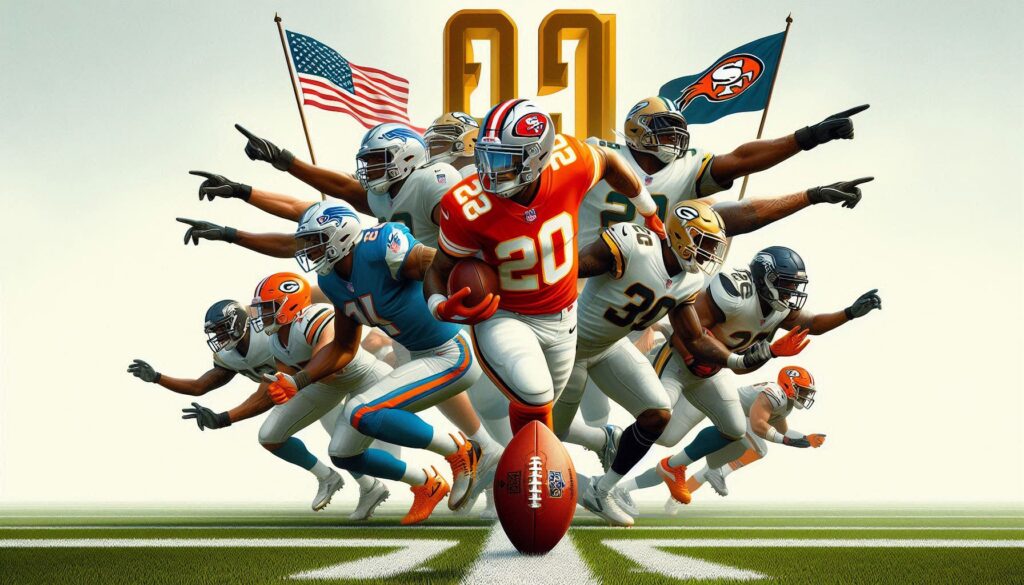
As of the 2023 season, many NFL positions have greater flexibility in choosing their jersey numbers, with the most notable change being introducing the number zero (0) as a valid option. Below is a breakdown of the jersey numbers available to different positions before and after the recent rule updates:
| Position | Numbers Available (2020 and earlier) | Numbers Available (2023 and beyond) |
|---|---|---|
| Quarterbacks | 1–19 | 1–19 |
| Punters and placekickers | 1–19 | 0–49 and 90–99 |
| Defensive backs | 20–49 | 0–49 |
| Running backs, fullbacks, and H-backs | 20–49 | 0–49 and 80–89 |
| Tight ends | 40–49 and 80–89 | 0–49 and 80–89 |
| Wide receivers | 10–19 and 80–89 | 0–49 and 80–89 |
| Offensive linemen | 50–79 | 50–79 |
| Defensive linemen | 50–79 and 90–99 | 50–79 and 90–99 |
| Linebackers | 40–59 and 90–99 | 0–59 and 90–99 |
Why the NFL Expanded Jersey Numbers: The Push for Flexibility
The rule change that took effect in the 20 The Kansas City Chiefs largely prompted 21 seasons. With rosters expanding, especially due to the unique challenges of the 2020 season, many teams found themselves running out of available numbers for certain positions. This prompted the Chiefs to propose a change to the NFL Competition Committee, which was approved on April 21, 2021.

By allowing more players to choose from a broader range of numbers, the NFL addressed the problem of number scarcity while providing players with more personal expression through their jersey choices. Further changes came in 2023, with the Philadelphia Eagles submitting a proposal to allow the use of the number zero for all positions except offensive and defensive linemen. This proposal was approved on March 28, 2023, offering even more flexibility.
Historical Evolution of NFL Jersey Numbers
The NFL’s jersey numbering system has undergone multiple transformations since it was first standardized. Understanding this evolution is key to appreciating the current rules:
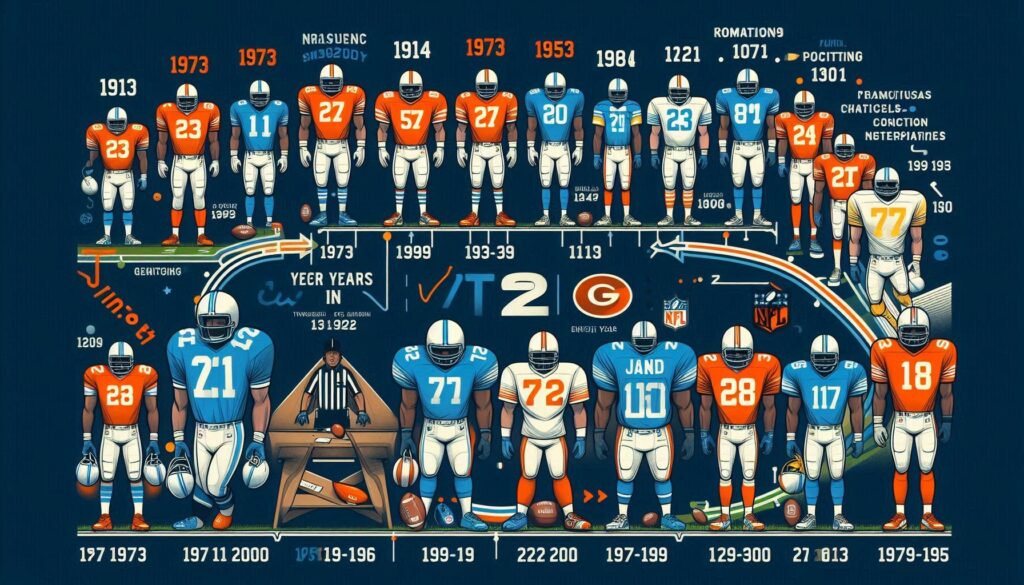
1973: The Birth of Number Standardization
The NFL introduced its first standardized numbering system by position group in 1973. Before this, players had much more freedom in choosing their numbers, which often led to confusion for officials and fans alike.
1979: Defensive Linemen and Centers Get Their Own Numbers
In 1979, the NFL expanded its rules to allow defensive linemen to wear numbers in the 90–99 range, while centers were restricted to numbers 60–79. This helped further clarify positions, especially for fans and announcers.
1984: Linebackers Join the 90s Club
The 1984 season brought another adjustment, allowing linebackers to don numbers in the 90–99 range. This change coincided with evolving defensive strategies that saw linebackers playing more flexible roles.
2004: Wide Receivers and the 10–19 Range
One of the more recent changes before the 2020s came in 2004, when wide receivers were allowed to wear numbers in the 10–19 range, previously restricted to quarterbacks and kickers. This change was driven by a growing number of wide receivers entering the league.
2010–2015: Defensive Players Gain More Number Flexibility
Between 2010 and 2015, defensive linemen and linebackers saw even more freedom in their number choices, as numbers 50–59 were opened up to defensive linemen, and linebackers were given access to the 40–49 range.
2021: The Modern Era of NFL Jersey Numbers
The most significant change came in 2021, when wide receivers, tight ends, running backs, and defensive backs were allowed to wear numbers in the single digits, a major departure from the previous restrictions.
The Impact of Jersey Numbers on NFL Players and Teams
Jersey numbers in the NFL are more than just identifiers; they can hold deep personal meaning for players and affect how they’re perceived by fans. Some players have become so synonymous with their numbers that their jerseys have become iconic—think of Tom Brady and the number 12 or Jerry Rice and the number 80.
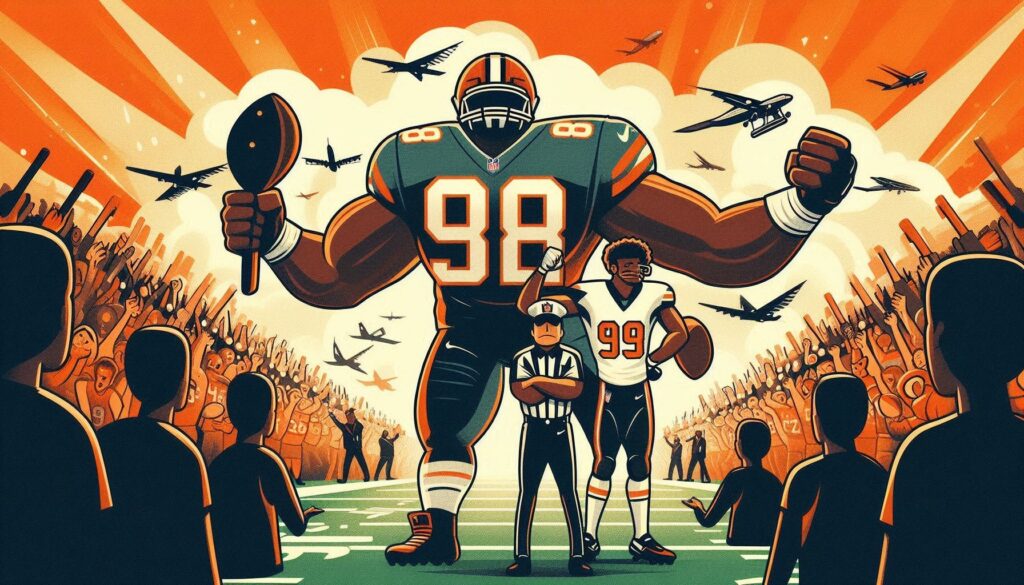
For players, their jersey number can represent their identity on the field, and with the recent changes, they now have more options to express themselves. The decision to allow more number choices is also a nod to the NFL’s willingness to adapt to modern trends while honoring its rich history.
What’s Next for NFL Jersey Number Rules?
As the game evolves, so too may the rules surrounding jersey numbers. While the most recent changes have given players more flexibility, there’s always the potential for further adjustments, especially as offensive and defensive strategies become more complex. The number zero stands as the latest frontier in this ongoing evolution.
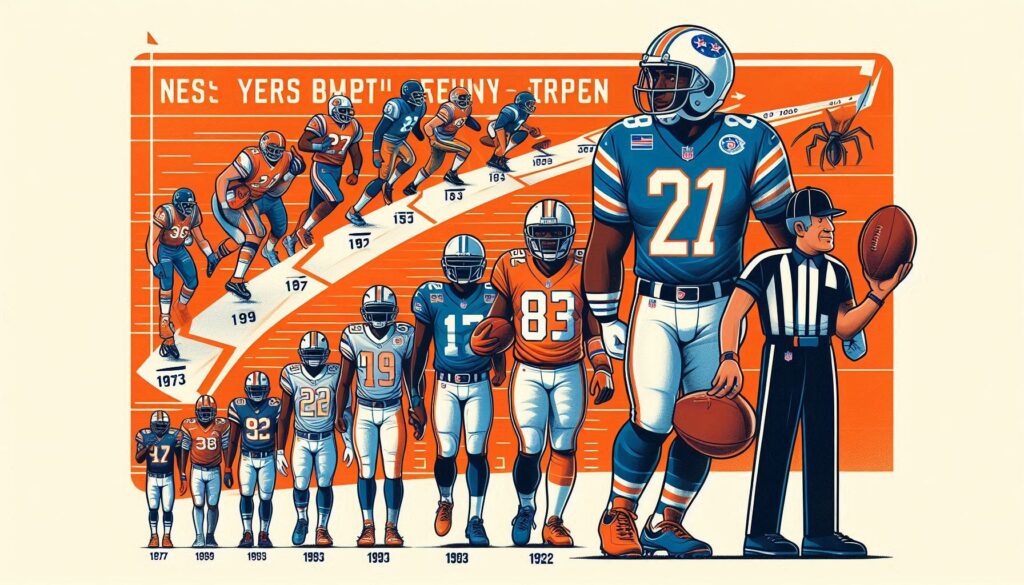
Conclusion: Why NFL Jersey Numbers Matter More Than Ever
Jersey numbers in the NFL have a storied history, and their significance only grows with time. From their role in player identity to their importance for strategy and gameplay, these numbers are vital to the game. As recent changes show, the NFL is committed to evolving, providing both teams and players the necessary flexibility while honoring the traditions that make football special.
Understanding these rules enhances one’s appreciation of the game and deepens one’s connection to the players who make it great.
FAQs
Q1: Can any NFL player wear the number 0?
No, the number 0 can only be worn by quarterbacks, defensive backs, linebackers, tight ends, wide receivers, running backs, fullbacks, and H-backs. Offensive and defensive linemen are not allowed to wear the number.
Q2: Why did the NFL change the jersey numbering rules?
The rule changes were prompted by teams running out of available numbers due to expanded rosters and practice squads, necessitating more flexibility.
Q3: Can a wide receiver wear a single-digit number?
Yes, as of the 2021 season, wide receivers can wear numbers 0–9 in addition to their traditional ranges.

